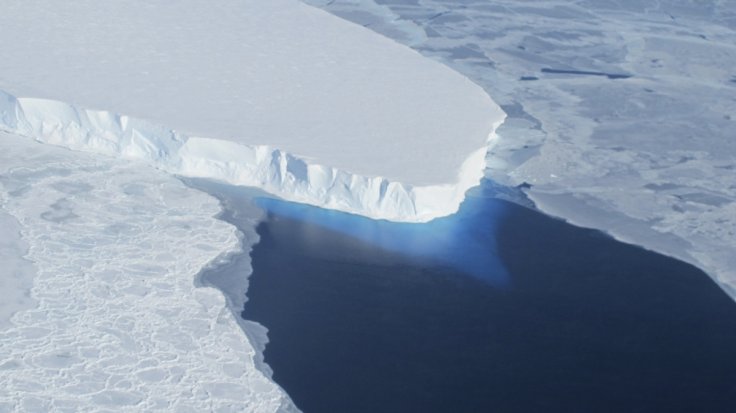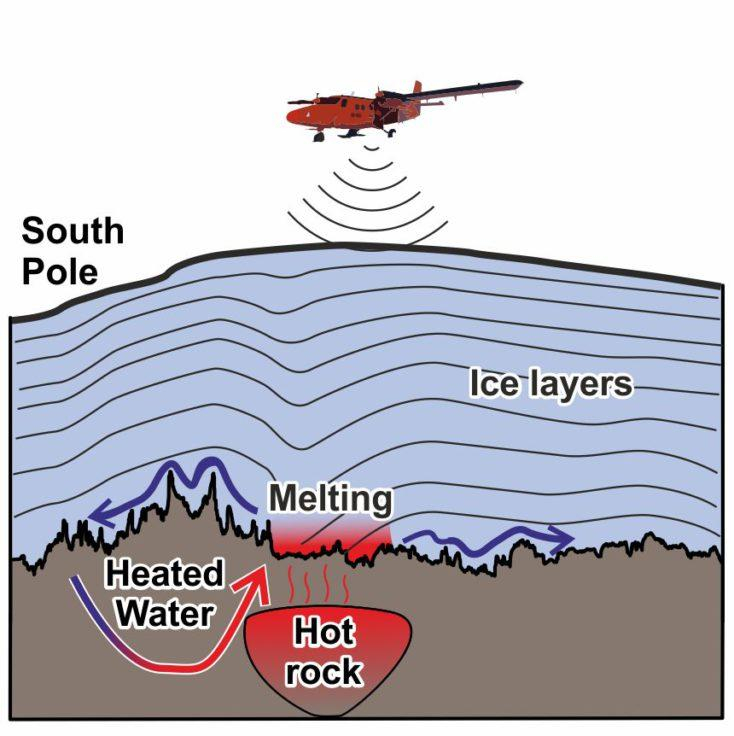
Scientists found an area of ice that is bigger than Rhode Island, was missing from the South Pole and they believe that an unusual, extremely hot spot, powered by radioactive rocks and warm water under the Antarctic Ice sheet could be responsible for this phenomena.
The new study was published in the journal Scientific Reports this week. The report stated that even though that unusual hot spot is not expected to melt away Antarctica right now, the researchers observed that the heat has caused the sink of a 100-by-50 kilometre area of ice area.
The lead author of this study, Dr Tom Jordan from the British Antarctic Survey said in a statement that it was an exciting project but the results they have now are quite unexpected "as many people thought this region of Antarctica was made of ancient and cold rocks, which had little impact on the ice sheet above."
"We show that even in the ancient continental interior, the underlying geology can have a significant impact on the ice," he added.

AS per the researchers, they have no idea about the existence of that hot zone and could not find out that since when has been there but, they confirmed that such places are not new. However, they estimated that the hot spot could have been there for thousands of years or maybe millions.
As per Dr Jordan in near future, the "extra water at the ice sheet bed may make this region more sensitive" to the factors such as climate change.
While the radioactive rocks in the earth's upper crust are actually generating the heat, geothermically heated water bubbling up from deep underground and after the ice melted, the water drained away and filled up subglacial lakes and rivers.
The researchers said that there could be many more localized sources of geothermal heat that is still unknown and "assessing their influence on subglacial hydrology and ice sheet dynamics requires new detailed geophysical observations."
These findings followed a research, which was published in August 2017 that showed there was a mantle plume beneath West Antarctica that was responsible for melting the ice sheet from below. The research team found that the mantle plume produced almost as much heat as Yellowstone supervolcano and created huge lakes and rivers.









